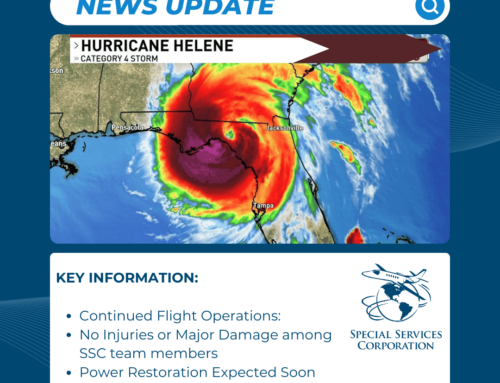Aircraft are purchased for business purposes largely because of the added productivity. Business aircraft are productive because they will often get you closer to your destination than the scheduled airlines. In fact, there are over 5,000 airports across the US not served by the airlines that can be accessed through private aviation. But, depending on the aircraft type purchased, all of these may or may not be available due to runway length.
Some business users of private aviation select smaller piston or turboprop aircraft because of their ability to operate in and out of shorter runways, at least per the Aircraft Flight Manual (AFM). What is important to consider is that aircraft weighing 12,500 pounds or less are governed by less stringent rules than aircraft of a higher weight. Aircraft under the 12,500 number are certified under FAR Part 23, and aircraft over this weight are certified under FAR Part 25. So what are the differences, and how does it apply to my aircraft choice?
To put it simply, a light jet may actually require less runway than a turboprop, but since the light jet operates under the more stringent Part 25 rules, it’s published required runway may show a greater number than that of the Part 23 turboprop. This calculation is called Balanced Field Length (BFL). BFL is defined as the distance at which the accelerate-stop distance and the one-engine inoperative take-off distance are basically equal.
To illustrate how this works, I’ll provide an example I recently came across. The comparison is between a FAR 23 turboprop and a FAR 25 business jet, both seating 6 passengers. Maximum gross weight for each is assumed with a standard atmospheric day at sea level. Temperature outside is 59 degrees Fahrenheit and we have a paved, level, dry runway. The FAR Part 23 turboprop can legally take-off from a 2,600 ft runway. However, per the flight manual, if that same turboprop were to lose an engine at 94 knots, published rotation speed, it would take an extra 800 ft to come to a stop (3,400 ft total). If the aircraft were to continue the take-off with the failed engine, the runway required jumps to 4,750 ft! So although 4,750 feet is the BFL for the turboprop, it is not the legal requirement under Part 23. However, one should not disregard the extra safety margin needed during the critical time of takeoff. So, 2,600 ft is the published required distance, while 4,750 ft is what would give an adequate safety margin.
Now let’s consider the same scenario for the light jet certified under FAR Part 25. Under the same conditions, the light jet has a BFL of 4,500 feet, 250 ft shorter than the turboprop.
As you can see, although the FAR 23 turboprop can legally takeoff from the shorter runway than the business jet, FAR 23 doesn’t require the same safety margin be applied as the FAR 25 aircraft. Safety is everything. Please ensure your aircraft is being operated with these safety margins in mind.





Leave A Comment